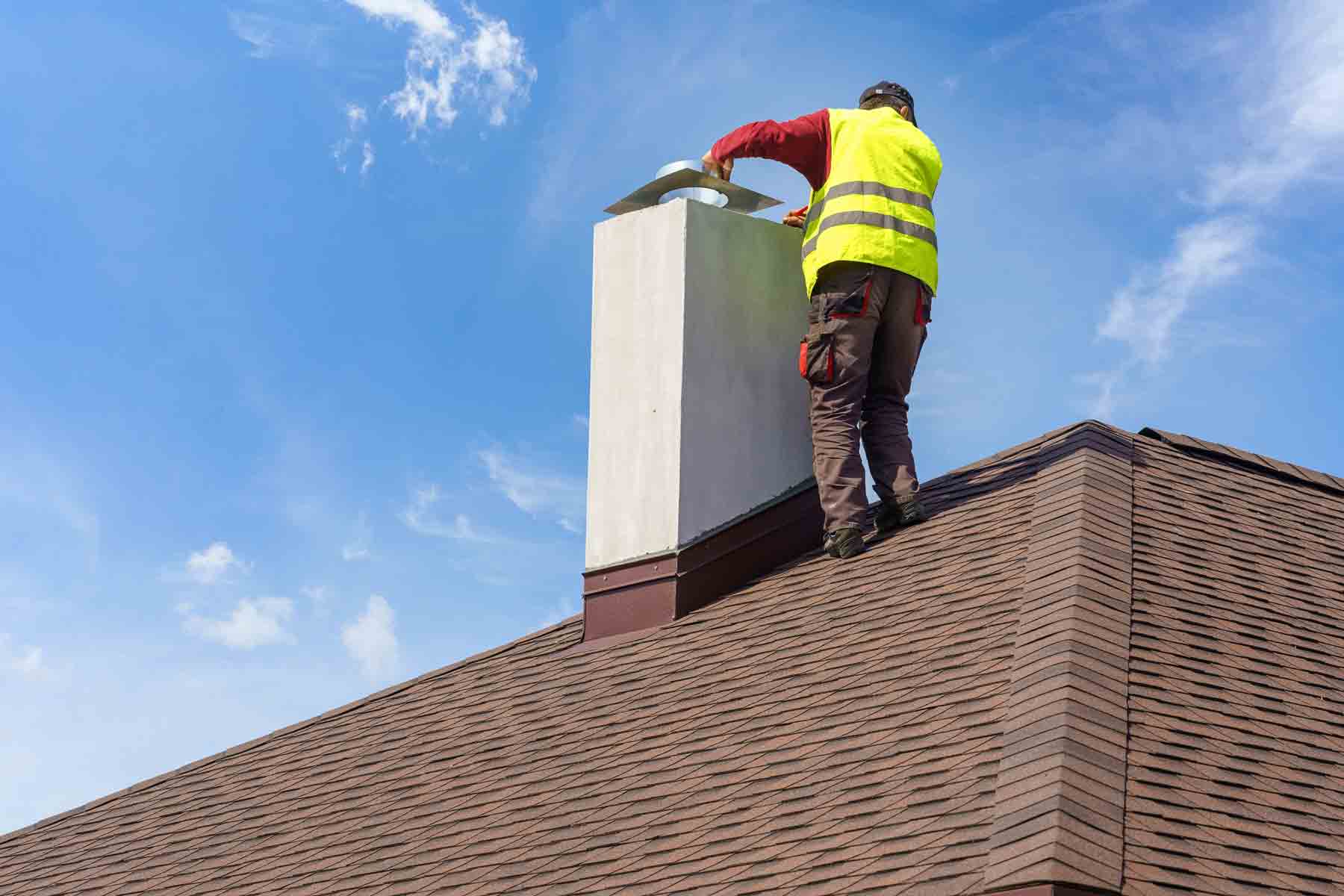When Should You Get a Chimney Inspection
According to the Chimney Safety Institute of America (CSIA), getting an annual chimney inspection is critical for the safety and enjoyment of a fireplace in your home. You must have your chimney, wood stove, or fireplace regularly checked to avoid serious problems.
During an inspection, a chimney sweep will check for cracks, creosote buildup, damage, flue blockages, leaks, and any other potential problems that may lead to costly issues, carbon monoxide poisoning, or increased fire risk.
Identifying any issues early on is crucial before you light a fire. Lighting a fire in an uninspected chimney can put you, your family, and your home in danger and cause extensive damage that can be expensive and time-consuming to repair.
What Kind of Chimney Inspection Do You Need?
There are a few different types of chimney inspections you can get. CSIA-certified chimney sweeps can perform three types of chimney inspections, depending on your needs and usage.
Level 1
During a Level 1 inspection, a chimney sweep performs a chimney cleaning and looks at the basic integrity of the chimney’s structure. In addition to the chimney cleaning, a chimney inspector will look at the flue, damper, connections, and firebox and ensure that the chimney is free of obstructions.
Level 1 inspections are recommended for those who want to continue to use their fireplace as they have in the past. If you haven’t made any changes and want to ensure your chimney is safe for use as normal, a Level 1 inspection is a good option.
Level 2
Level 2 chimney inspections are needed under multiple circumstances. If you’re changing the chimney system, selling your property, getting a home inspection before you buy a property, or an event like a chimney fire or earthquake has occurred, you’ll need a Level 2 inspection. Changes to the system include changes in chimney shape or fuel type, like switching from wood burning to a gas fireplace.
In addition to all the things covered in a Level 1 inspection, a Level 2 inspection includes a visual inspection of the internal surfaces of your chimney, where the technician will use a camera to inspect the joints and connections within the chimney.
Level 3
If, during a Level 1 or Level 2 inspection, a serious hazard or potentially hidden issue is discovered, a Level 3 inspection is required. A Level 3 evaluation requires special tools and may also necessitate removing or deconstructing certain parts of the chimney. Removal or deconstruction may be necessary for the technician to access certain parts of the chimney that would ordinarily be inaccessible.
How You Know You Need a Chimney Inspection
The following are signs that you shouldn’t put off a chimney inspection any longer and must schedule one as soon as possible.
- A burning smell is present when there is no fire.
- It’s difficult to start a fire.
- Oily marks are present on the fireplace’s walls.
- Smoke enters the room or is not venting properly.
- The fire doesn’t burn well.
These are signs that your fireplace and chimney are not functioning properly and should be taken seriously. Avoiding an inspection when any one or multiple of these signs are present is dangerous.

